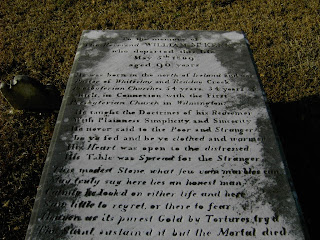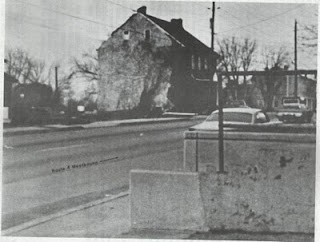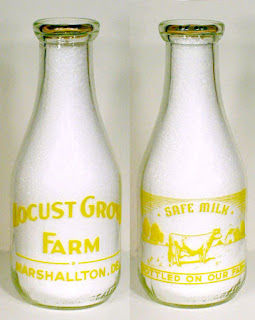The Bechstein House Part I: 1750-1864 -- The Cicotte Farm
The Frederick Bechstein House 1733 Wabash Street, Detroit This is the house I live in. It was built at the end of the Civil War, and two additions have been built since. I've been learning as much as I can about its history since I moved in, and learning how to find this information as I go. The first several posts in this blog will cover pretty much everything I know about it. This week's post covers the history of the land on which it was built. * * * * * When Antoine de la Mothe Cadillac founded Fort Pontchartrain du Détroit in 1701, he was permitted to grant land concessions to other settlers in the name of the King of France. After he was relieved of command of the settlement in 1711, it was not clear whether subsequent commandants had the same authority. King Louis XV settled the matter by a decree dated May 19, 1722 which authorized the Governor General and Intendant of New France to make land concessions at Detroit (Farmer 18). The grantees were required to sett







